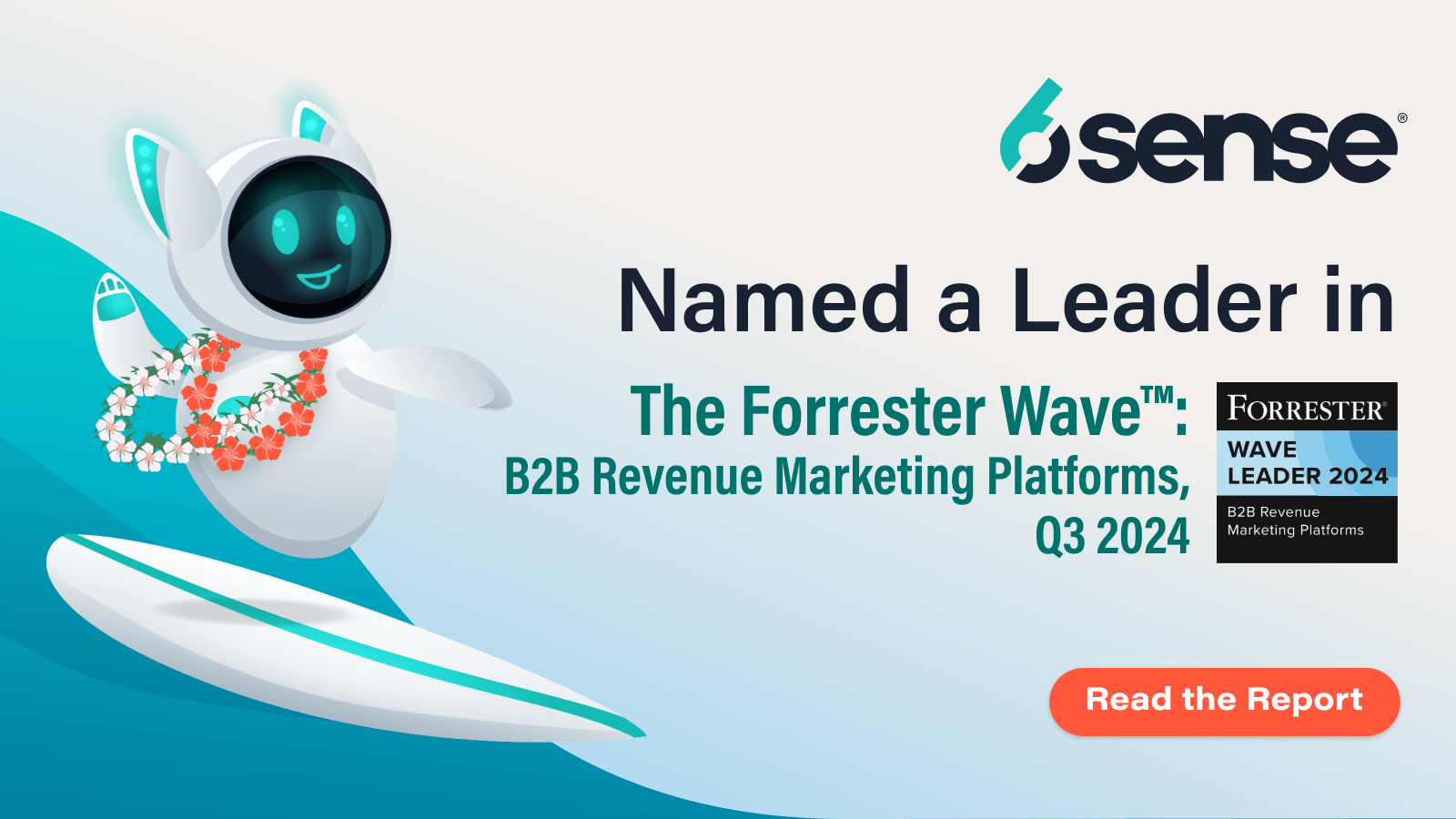Building brand awareness is crucial for any business, but especially for those in commoditized markets like many sectors of the manufacturing industry.
When buyers at other businesses are aware of your brand, values, and offerings, it makes it easier to sell to them when they begin looking for solutions like yours.
But boosting your company’s brand awareness can seem like a daunting proposition. You’ll need to budget for advertising, define target accounts and personas, and conduct campaigns. Thankfully there are ways to do it efficiently and effectively.
Gain a Deeper Understanding of Your Target Audience
As a manufacturer, you probably have a good idea of who your potential buyers are. But do you know which of those buyers to prioritize because they’re actively looking for solutions like yours?
And while you may have long-standing relationships with customers that stretch back decades, there are likely many other insights that would help you focus your sales efforts. For example, you might not have a crystal-clear picture of:
- The level of engagement with your brand and campaigns, including anonymous activity on your website
- Intent signals from accounts to help you understand what they’re researching — potentially including competitors
- The structure of the buying team responsible for ultimately making the purchase decision
Not having access to crucial information about your buyers isn’t the only struggle. A huge challenge in understanding your audience is ensuring that all of your data is accurate and up-to-date. People change jobs, companies open new plants, and businesses leverage new technologies to meet their goals.
Without the right technology in place, your information can quickly become obsolete, making it more difficult to connect with your buyers and increase your brand awareness with them.
The best way to unlock deeper insights into your buyers and ensure that data remains accurate is to leverage a platform that gives you access to everything you need — and stays updated in real-time.
This type of technology can uncover the following information about your buyers:
- Demographic: Location, title, and other general characteristics of your individual buyers
- Firmographic: Number of employees, revenue, physical locations, industry, and other information about a company
- Technographic: The technology a company leverages in their day-to-day operations
- Psychographic: Deeper, insights about your buyers like their hobbies, associations, and unique personal characteristics.
Building brand awareness is a lot easier when you know your audience. You’ll have a deeper understanding of your buyers’ needs, and your sellers will always have updated details about the key personas they’ll need to engage to close the deal.
Deliver Relevant Messaging Through the Correct Channels
Once you’ve unlocked all of that data, it’s time to put it to good use.
Increasing your brand awareness doesn’t necessarily mean buying a billboard in Times Square and hoping your ideal buyer walks by.
The best way to improve awareness amongst your identified target audience is to craft personalized messaging that will resonate with their unique needs — and serve them that messaging through the channels they visit most. Eighty percent of buyers are more likely to purchase when presented with a personalized experience.
Some of the ways you can create those critical personalized experiences include:
- Targeted email campaigns based on the specific information unique to your buyers
- Advertising campaigns placed in the channels your buyers visit most, including social media
- Personalized web experiences
It doesn’t take huge budgets or an army of marketing and sales employees to deploy these campaigns, either.
Measure Your Engagement with Key Accounts
A strong indicator of an increase in your brand awareness is your level of engagement with the entire buying team at key accounts. If key accounts are more aware of your brand and engage with your campaigns more often, it will be easier to build relationships and sell to them (whether it’s a new contract, a renewal, or upselling an existing customer).
Here are some metrics your company should track to understand if your efforts to increase brand awareness are working:
- Level of engagement within the buying group compared to past successes
- The types of engagements (email opens, calls with sales, content downloaded)
- Impressions across key channels
- Decision makers and stakeholders identified within an account
Conclusion
The manufacturing industry is unique because businesses typically have a strong sense of who their customers are, and it often doesn’t change much over time. Therefore, increasing brand awareness might not seem like a top priority.
But you can uncover more information about your buyers, and use personalized campaigns to increase the number of touches and help your brand stay on top of their minds. A buyer who is aware of your brand — and has a good opinion of it — is more likely to purchase.



